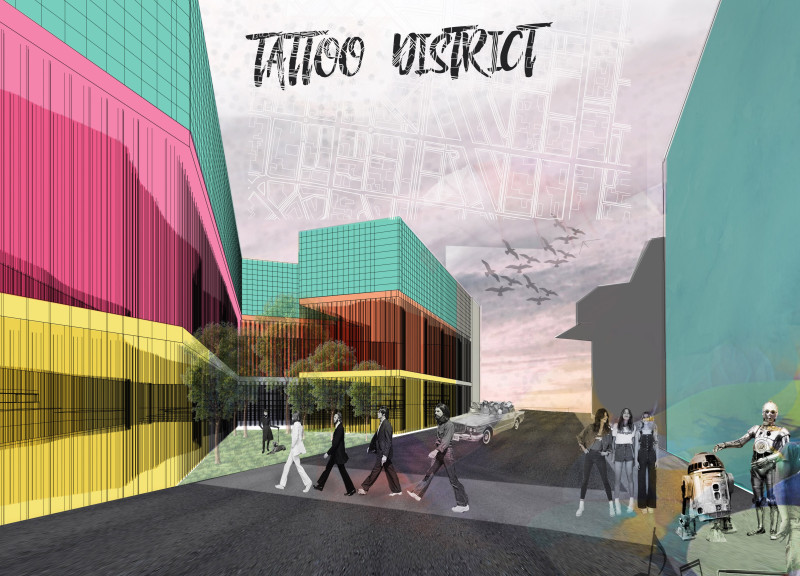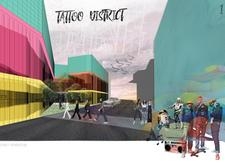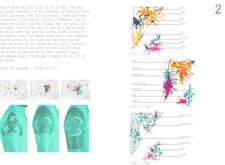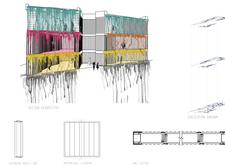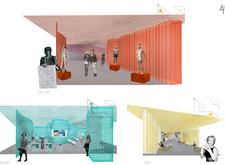5 key facts about this project
# Architectural Design Analysis Report: Tattoo District Project
## Overview
The Tattoo District is situated in Melbourne, Australia, designed as a dedicated space for self-expression and community engagement centered around tattoo art, fashion, and music. This project aims to create an inclusive environment that encourages interaction among diverse groups, fostering a vibrant culture characterized by creativity and individuality. The architectural intent reflects the dynamic nature of urban life in Melbourne, enhancing the city’s cultural landscape.
### Spatial Organization
The internal layout promotes fluidity and collaboration through a well-considered arrangement of interconnected spaces. The first level includes communal areas such as cafés and lounges, facilitating social interactions. The second level features gallery and workshop spaces that enhance creative engagement, while the third level is designated for additional workshops, encouraging artistic exploration. This strategic vertical organization supports a cohesive flow among users and reinforces collaborative activities throughout the complex.
### Material Selection
Material choices significantly influence both the aesthetic and functional aspects of the design. A glass façade enhances transparency and light penetration, promoting connectivity between indoor and outdoor environments. Pilkington Profilit units are utilized to partition spaces, providing privacy while allowing natural light to diffuse. Additionally, the use of colored aluminum panels for external cladding contributes to a vibrant visual identity while ensuring durability and weather resistance. These materials support sustainability and longevity, aligning with contemporary eco-friendly architectural practices.


